In a perfect world, we’d always stay in regular communication with our audience.
We’d show up with valuable insights for them, and in return, we’re welcome in their inbox.
As much as I’d like to believe that my subscribers spend their free time sitting patiently at their desks, refreshing their inbox over and over just waiting for the latest edition of the Monkeypod Tribune; that just isn’t the case.
And even with an above average level of vigilance, somehow nearly 50% of my database still wound up stale.
Which raises the natural question “How do I re-engage cold contacts?”
It’s a good question. And one that I’ve never been entirely sure how to answer. So, I tried a little re-engagement experiment, and I’d like to share the results.
Context:
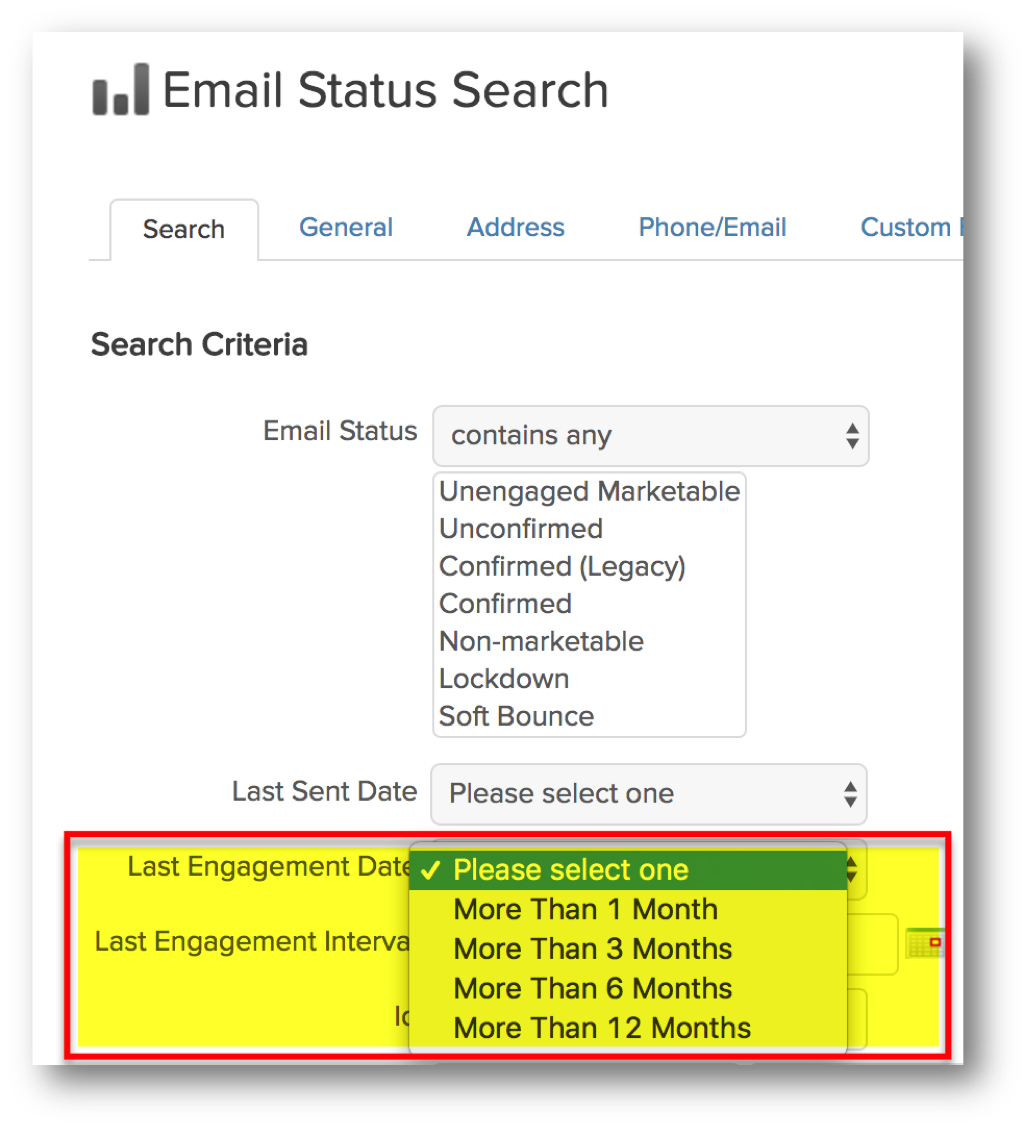
On November 27th I sent out an email to my blog subscribers, the subject line was “Like a Las Vegas Buffet”, and at that time I had been on a bit of a tear producing content, so I wanted that email to serve as a recap, or highlight reel from the previous few months.
Shortly after sending the email, I thought to myself “This would actually be really valuable for people who aren’t subscribed to my blog updates…”.
Then I started wondering who those people were…
And so I used the Email Status Search (Under Marketing Reports) to find folks who weren’t on my blog updates list AND hadn’t engaged with anything from me the last month, last 3 months, and last 6 months.
The total size of this group was 961 (which at that point was 44% of my total database).
That means nearly half of the people in my Infusionsoft account hadn’t opened an email from me in over a month, and some in as many as 6 months. (Snap. What happened Greg?)
Not the end of the world, but definitely a more significant portion than I had expected.
The Experiment:
So, I took the email that I had just sent to my blog subscribers, reworked it a bit, and I sent versions of it to the contacts who had disengaged.
The goal wasn’t just to get people to open the email, but really to demonstrate what kind of content I’d been putting out, and hopefully highlight some things that may have been missed.
In addition to hopefully reconnecting with some people, I also recognize that circumstances and needs change over time; so I added a bit to the email inviting people to unsubscribe in case they no longer need what I offer. (The last thing I want is to annoy someone by showing up when I’m not providing value.)
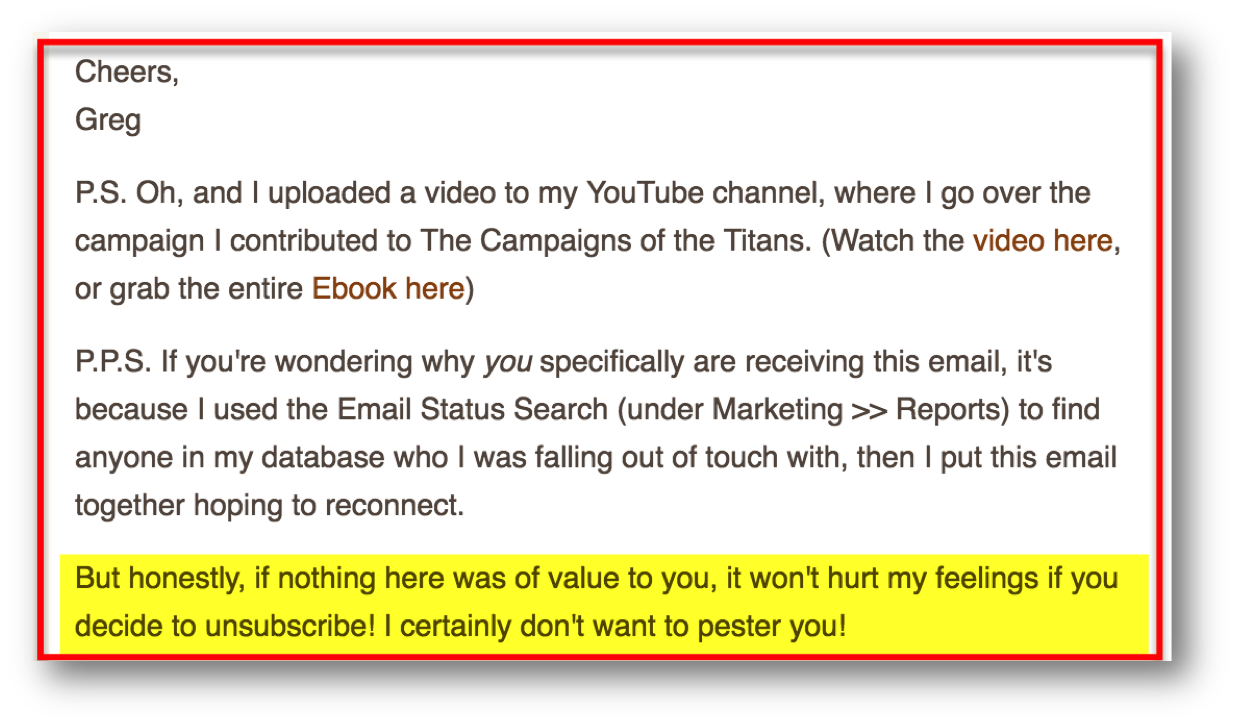 I’ve said it before and I’ll say it again – having a small engaged audience is much more valuable than having a large list that doesn’t care what you have to say.
I’ve said it before and I’ll say it again – having a small engaged audience is much more valuable than having a large list that doesn’t care what you have to say.
The Results:
Okay, so I sent out 961 emails – reconnecting with these peeps, and hopefully showing up with something that they’ll find valuable.
This resulted in 31% open rates*, which is really good on it’s own, and is outstanding when you consider that these are literally the least engaged folks in my database.
*Yup, I know email open rates are an imperfect metric, but they aren’t irrelevant. (More here)
In addition, the emails earned 55 clicks, which is roughly 5% CTR (or 16% Click-to-Open).
Both the click through and open rates are lower than my normal averages for these metrics, but they’re far from abysmal; and downright admirable by some measures.
Finally, the emails also led to 25 unsubscribes (not included in the clicks mentioned above), and 0 spam complaints.
So, 363 of those people have re-engaged either directly from, or since sending that email, and that re-engagement has had the following effect:
10 ebooks downloaded.
9 blog subscribers.
14 orders placed.
Totaling $933 in new revenue (including 4 new Monkeypod OG Members).
Beyond the numbers, this email also generated a handful of replies too.

I always love when people hit reply to something I sent (try it sometime), but it’s awesome to see folks who hadn’t been as active thanking me for making the effort to reach back out:
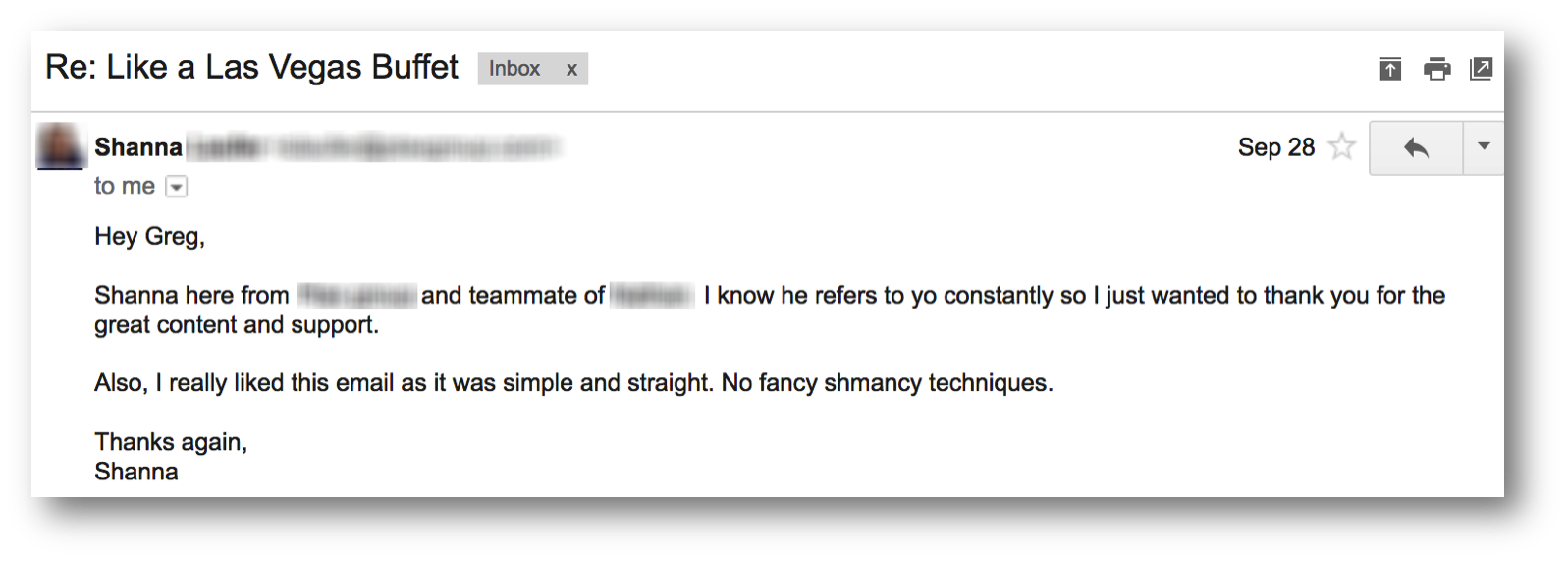
Conclusion:
Well, I certainly won’t pretend that this little experiment has given me an iron-clad recipe for how everyone I know should handle reengagement in the future; but it has been interesting, and has given me a baseline to compare with the next time I try this.
Here are my take-aways:
1. There is more I can be doing to prevent leads from going cold in the first place. This will look like creating a more natural transition from my various lead capture efforts to my nurture process.
2. Just because your audience hasn’t engaged in a while, doesn’t mean they don’t like you. I don’t know about ya’ll, but I’ve long blurred the lines between my brand, and myself. So when I get feedback on my business it’s always a struggle not to take things too personally.
Overall I was really pleased with the re-engagement process, and it’s definitely something I can see myself iterating on and trying again in the future. If you decide to do the same thing for your own business, I’d love to hear how things go!
Build an automated re-engagement campaign
The experiment I described above was largely manual, and reactionary; but my good friend Brett over at Blick Digital has a terrific blog post that talks through the strategy and specific anatomy of constructing an automated re-engagement campaign.
He even gives you the exact recipe for the three emails he uses to re-engage his list. [Read More Here]
Re-engaging Inactive Subscribers
Inactive subscribers. Every business has them, many choose to ignore them.
But it’s no good brushing this issue under the carpet. The longer subscribers stay idle and unengaged, the bigger the problem will become.
Here’s what Kenda and the Automation Ninja’s suggest you do about it.

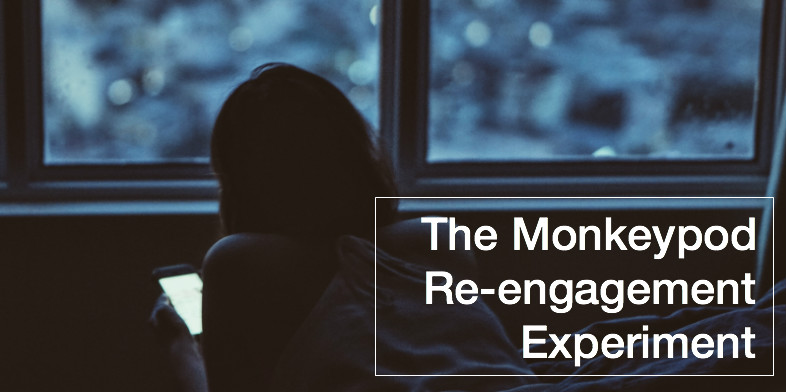


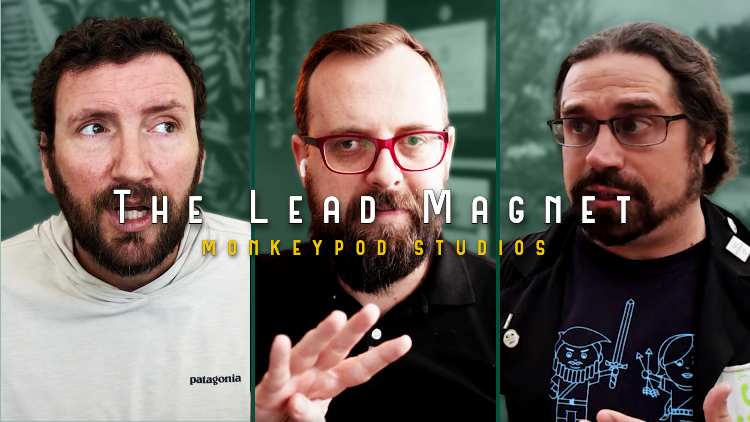
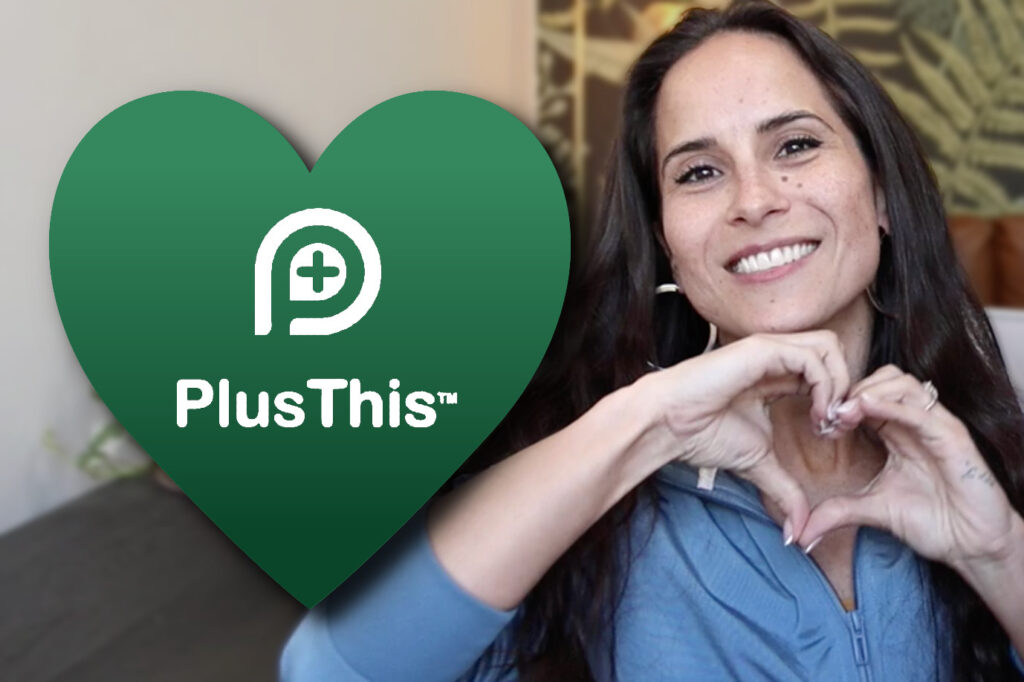
Love this, thanks Greg! Going to do this with some customers asap!
Thanks Meppy man! Appreciate you taking the time to read…and send me feedback. 🙂
Love that you share your own challenges with customer engagement! This is real in every business and to see your review allows every organization the ability to see how they can apply this in their own business! Seriously Nice Work!
I think offering a option for the summary could allow for some relief of emails. I get over 100 emails a day; a summary could allow me to catch up during busy times! Have a great week!
Really good idea – maybe I need to offer a monthly/quarterly update option. Hmmmm. Thanks!
Nice, thanks Greg. Some good takeaways in here – time to go look at my own campaigns…
Definitely. And let me know how it goes!
This is awesome content dude. Interesting. Relevant. Valuable. Entertaining. Applicable.
Nice, those were exactly the adjectives I was going for! Thanks for reading. #GRG